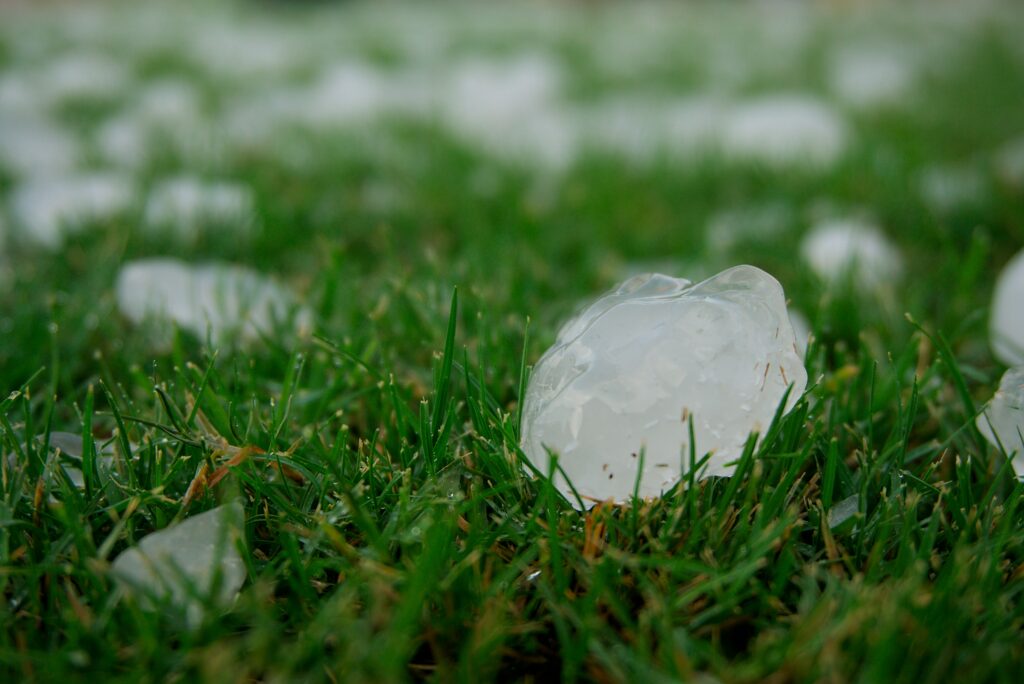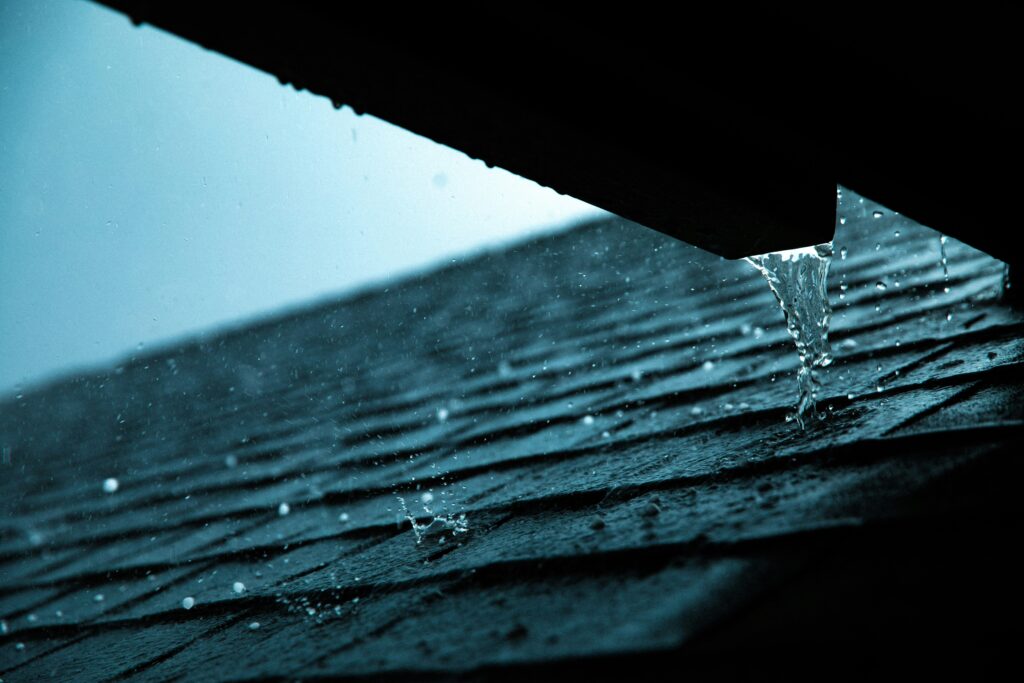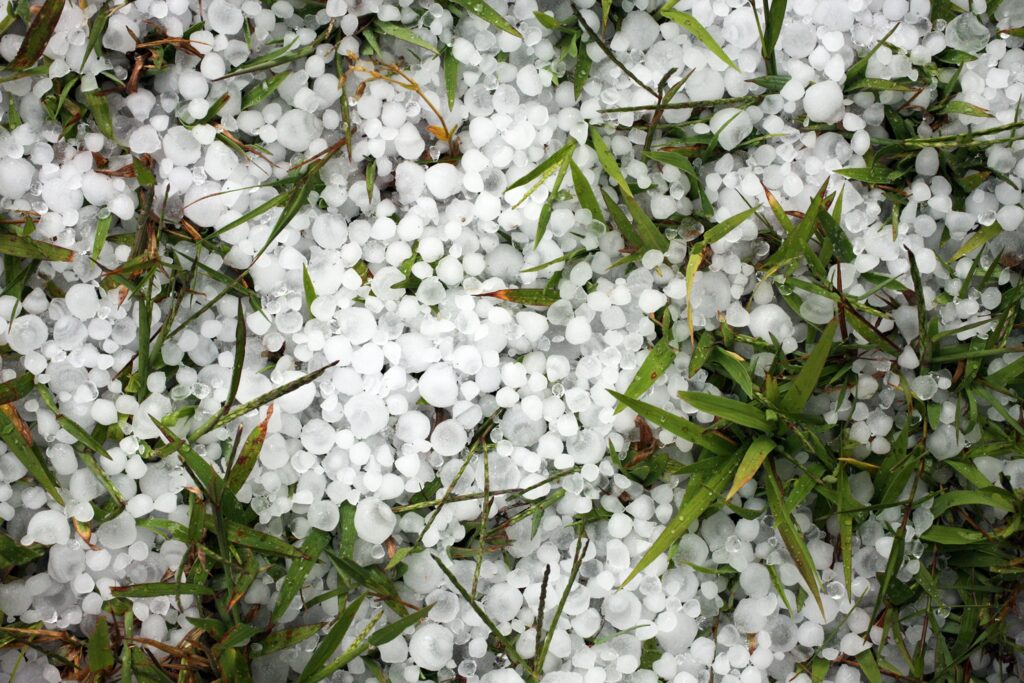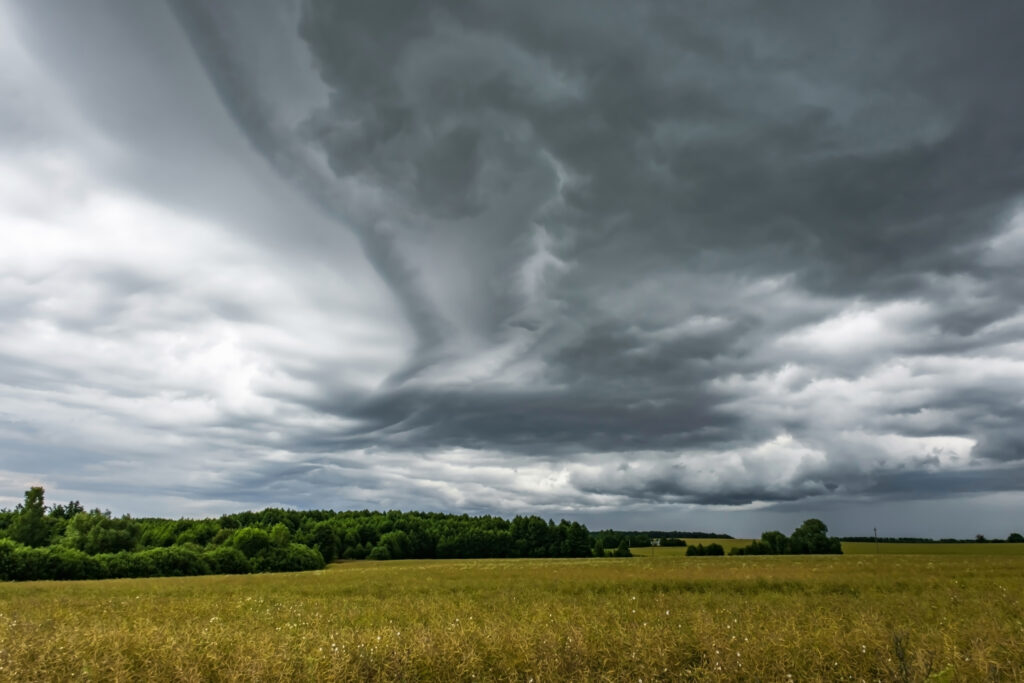How to Document Hail Damage for Insurance Claims
After a severe hailstorm passes over Clermont, the immediate sense of relief is often replaced by a feeling of uncertainty and concern. The sound of hail pounding on your roof is a stressful experience, and it immediately raises the question of what damage has been done. Hail damage can be deceptively subtle, and its effects are often not immediately obvious to an untrained eye. A problem that seems minor at first can lead to significant leaks and costly interior damage down the road.
When you suspect your roof has been damaged by hail, the actions you take in the hours and days immediately following the storm are critical. Filing a homeowner’s insurance claim can be a complex and intimidating process. The single most important factor in achieving a successful and fair claim settlement is thorough, accurate, and organized documentation. A well-documented claim provides your insurance company with the clear and undeniable evidence they need to approve the necessary repairs or replacement, and it all starts with your own initial assessment.
Your Initial Post-Storm Assessment
Before you do anything else, your first priority must be your own safety. You should never, under any circumstances, attempt to get on your roof to inspect it yourself, especially after a storm when the surface can be wet, slippery, and potentially littered with debris. A professional roofer has the training and the specialized safety equipment to navigate a roof safely; a homeowner does not.
A complete and effective initial inspection can be conducted from the safety of the ground. Take a slow and careful walk around the entire perimeter of your property. Look for the most obvious signs of damage first. Do you see any shingles that have been completely knocked loose and are now lying in your yard or on your driveway? Do you see any obvious and large dents or cracks in your roof vents, flashing, or other components?
From the ground, the most visible signs of a significant hail event may not be on the roof itself, but on the items around your home. Look for dents in the soft metal of your gutters and downspouts. Check the fins of your outdoor air conditioning unit, which are made of very soft aluminum and are easily damaged by hail. Look for cracks or holes in your window screens, vinyl siding, or window trim. These signs of “collateral damage” are crucial evidence that the hail was large and forceful enough to have also damaged your roofing materials.
Have damage to a commercial roof? Click here to learn more.
How to Visually Document Roof Damage
Your smartphone is your single most powerful tool in the documentation process. High-quality, clear photographs are the most important evidence you can provide to your insurance adjuster. The goal is to create a comprehensive visual record of all the damage you can find, and it is best to do this as soon as it is safe after the storm has passed.
Start by taking wide, contextual photographs of each of the four main slopes of your roof. Stand back from your home and take several pictures of the entire front, back, and both sides of your roof. This establishes the overall scene and the date of the damage, as your phone will automatically embed a timestamp into the photo’s data.
Next, focus on getting close-up shots of any visible damage. The key sign of hail damage on an asphalt shingle is not a “hole,” but a “bruise.” This looks like a dark, often circular spot where the hard impact of the hail has knocked the protective, sand-like granules off the surface of the shingle, exposing the underlying black asphalt matting. You may also see a pattern of these impact marks across a section of the roof.
Look closely at the metal and plastic components on your roof, as these will often show damage more clearly than the shingles. Use your camera’s zoom feature to take pictures of any visible dents, dings, or cracks in your metal roof vents, plumbing vent pipe flashing, and the ridge vent that runs along the peak of your roof. These softer materials are excellent indicators of the hail’s size and intensity.
Learn more about our residential roofing here.
Documenting Collateral Damage
As mentioned in the initial inspection, documenting the hail damage to the rest of your property is a critically important part of building a strong insurance claim. Your insurance adjuster will be looking for a consistent pattern of damage that proves a significant hail event occurred at your address. Photos of collateral damage provide this powerful, corroborating evidence.
Take a systematic walk around your property and photograph every single instance of hail damage you can find. Take close-up photos of the dents on your gutters and downspouts. Document any damage to your window screens, window casings, and vinyl siding. Look for dings on your mailbox, your garage door, or any painted wood surfaces like your fence or deck railings. If you have an outdoor shed or other structures on your property, inspect them for damage as well.
This collection of photos tells a story. It helps the adjuster to understand the size, density, and direction of the hailstorm. When they can clearly see a pattern of consistent damage across your entire property, it makes it much easier for them to validate and approve the more subtle damage on your roof itself. Do not skip this crucial step.
Gathering Objective Evidence of the Storm
In addition to the photographic evidence of the damage to your property, it is also very helpful to gather objective, third-party evidence that a severe hailstorm did, in fact, occur at your home on a specific date and time.
If it is safe to do so, one of the best things you can do is to take a few photos of the hailstones themselves on the ground during or immediately after the storm. To provide a clear sense of scale, place a common object, like a coin or a small ruler, next to the hailstones in your photograph. A picture of a quarter-sized hailstone is far more powerful evidence than simply stating that the hail was “large.”
You should also take a moment to find and save a digital copy of a local weather report or a news article that documents the storm. A report from a local news station or a National Weather Service alert that mentions a severe thunderstorm with hail in the Clermont area on a specific date provides an official, third-party record of the event. This can be very useful if there is ever any dispute about the date of the loss.
Creating Your Damage File
Once you have gathered all of your photographic and documentary evidence, the next step is to organize it into a clear and professional package that you can easily share with your insurance company. A messy, disorganized collection of photos can be confusing and less impactful.
Create a single, dedicated digital folder on your computer for your insurance claim. As you transfer your photos from your phone, take the time to give them simple, descriptive file names. For example, instead of a generic name like “IMG_1234.jpg,” you could name a photo “Front_Roof_Slope_Damage.jpg” or “Dents_on_West_Gutters.jpg.” This will make it much easier for you and your adjuster to reference specific pieces of evidence.
It is also a very good idea to create a simple, written log of events. In a simple document or email, note the exact date and approximate time of the hailstorm. List the date and time you performed your inspection and took the photographs. Briefly describe the types of damage you have found and documented. This organized approach demonstrates that you are a diligent and responsible homeowner and makes the adjuster’s job easier, which can help to facilitate a smoother and more efficient claims process.
Click here to dive in deeper on our hail damage roofing.
The Professional’s Role in a Successful Claim
While your own documentation is a crucial first step, it is not a substitute for a professional assessment. An untrained eye can easily miss the more subtle but still significant signs of hail damage that a certified roofer is trained to spot. A professional roof inspection is an essential part of a successful insurance claim.
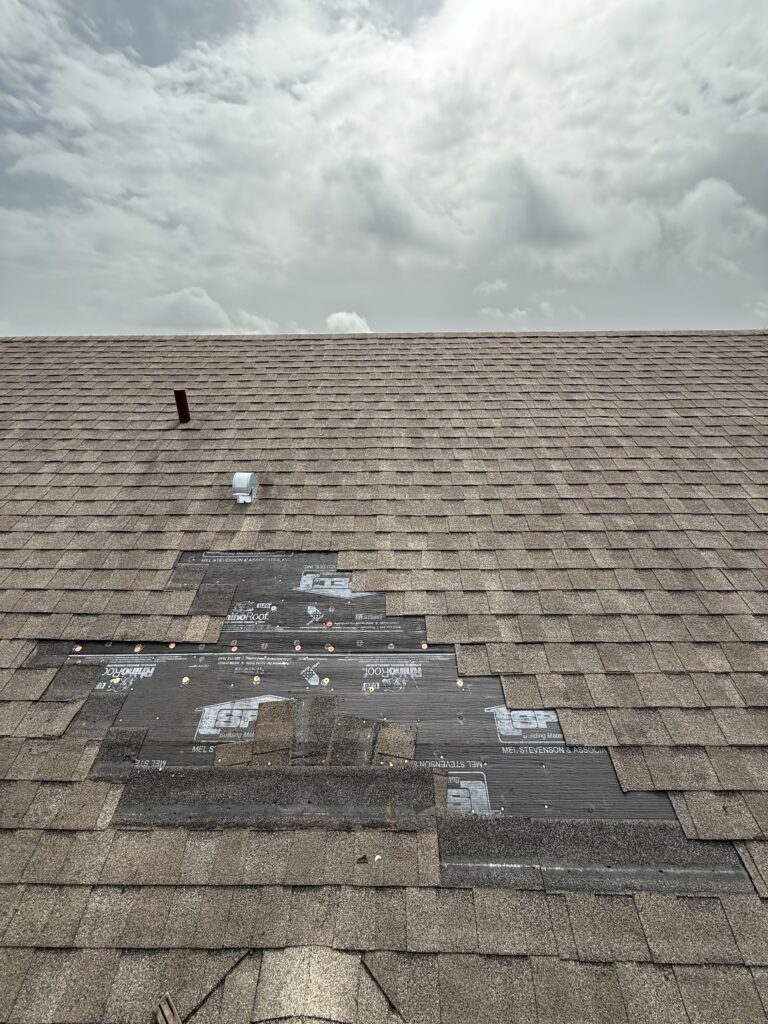
A trained inspector from Clermont Roofing Inc. will safely get on your roof and perform a much more detailed, hands-on evaluation. We know how to identify the faint “bruising” on a shingle that may not be visible from the ground and how to check the integrity of the shingle matting. We can also identify wind damage, such as broken sealant strips, that may have occurred during the same storm.
Following our inspection, we will provide you with a comprehensive and professional damage report, complete with our own set of annotated photographs and a detailed, line-item estimate for the necessary repairs. This expert report adds a significant amount of weight and credibility to your claim. We will also meet your insurance adjuster at your property to walk the roof with them, side-by-side, to point out every instance of damage and to ensure that the scope of the approved repairs is accurate and complete, acting as your advocate throughout the process.
Click here to learn more about the process of roof repair.
The aftermath of a hailstorm can be a stressful and confusing time. By taking a calm, methodical, and thorough approach to documenting the damage, you can take control of the situation and lay the groundwork for a successful and fair insurance settlement. Your role as the initial documentarian is a critical one.
Remember that you do not have to go through this process alone. If your home has been impacted by a hailstorm, we encourage you to contact the trusted, local experts at Clermont Roofing Inc. for a free and comprehensive damage inspection. We are here to be your partner in recovery, to help you navigate the complexities of the insurance process, and to restore the safety and integrity of your Clermont home.

